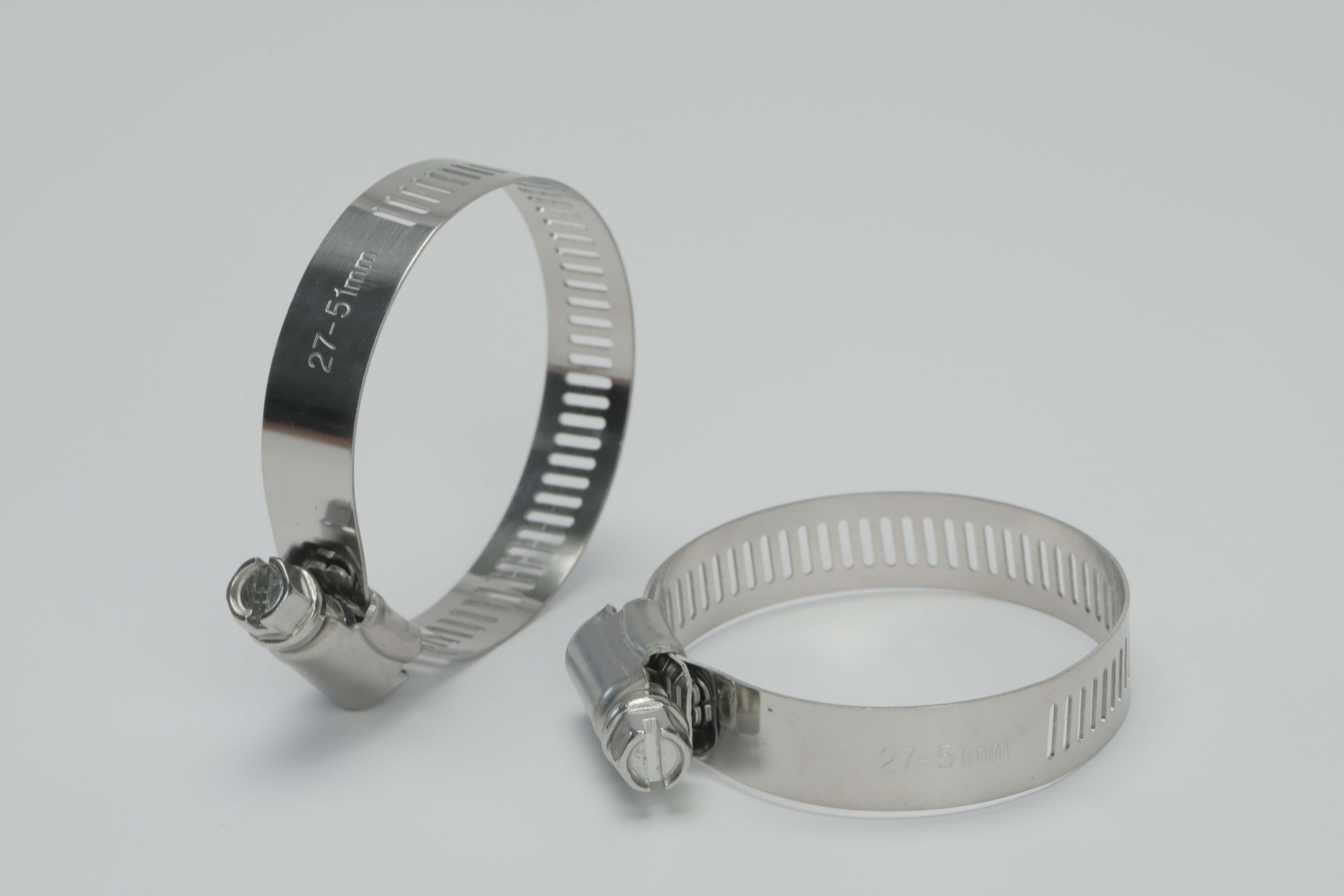- Phone:+86-17331948172 +86-0319-8862898
- E-mail: inquiry@puxingclamp.com
jaan. . 01, 2025 03:44 Back to list
Hardened and Tempered Steel Strip Production for Industrial Applications and Quality Standards
Hardened and Tempered Steel Strip A Comprehensive Overview
Hardened and tempered steel strips are essential components in various industries, including automotive, construction, and manufacturing. These strips possess enhanced strength, durability, and resistance to wear, making them ideal for applications that require high-performance materials. In this article, we will explore the properties, manufacturing process, applications, and benefits of hardened and tempered steel strips.
Properties of Hardened and Tempered Steel Strips
The primary feature of hardened and tempered steel strips is their exceptional mechanical properties, which are achieved through heat treatment processes. The hardening process involves heating the steel to a specific temperature and then rapidly cooling it, usually through quenching in water or oil. This process increases the hardness of the steel, making it more resistant to deformation and wear.
After hardening, the steel often undergoes tempering, which involves reheating it to a lower temperature to relieve internal stresses and improve toughness. This dual process enhances the balance between hardness and ductility, allowing the steel to withstand high loads without fracturing. Typically, hardened and tempered steel strips exhibit a hardness range of 28 to 58 HRC (Rockwell Hardness C scale), depending on the alloy composition and treatment specifics.
Manufacturing Process
The manufacturing of hardened and tempered steel strips involves several key steps
1. Material Selection High-quality raw materials, such as low carbon or alloy steels, are chosen for their mechanical properties and suitability for heat treatment processes.
2. Cold Rolling The selected steel is often processed through cold rolling to achieve the desired thickness and surface finish. Cold rolling enhances the mechanical properties by refining the grain structure of the steel.
3. Heat Treatment The cold-rolled strips are then subjected to heating in a controlled environment, followed by quenching. The precise temperature and cooling rates are critical in determining the final properties of the steel.
4. Tempering After hardening, the strips are tempered by reheating to a specific temperature for a predetermined duration. This step not only improves toughness but also helps in stabilizing the hardness.
5. Final Inspection and Quality Control The hardened and tempered steel strips undergo rigorous testing for hardness, tensile strength, and surface quality. Quality control is vital to ensure that the strips meet industry standards and performance criteria.
Applications
hardened and tempered steel strip manufacturer

Hardened and tempered steel strips are widely used in various applications due to their superior properties
1. Automotive Industry These steel strips are commonly used in the production of suspensions, gears, and various components that require high strength and durability.
2. Manufacturing In the manufacturing sector, hardened and tempered steel strips serve as vital materials for producing tools, dies, and cutting instruments, where wear resistance is crucial.
3. Construction Steel strips are utilized in construction applications, including reinforcing bars and structural components, where strength and reliability are essential.
4. Aerospace The aerospace industry employs these steel strips for manufacturing aircraft components that must endure extreme conditions, providing both strength and weight efficiency.
Benefits
The use of hardened and tempered steel strips offers numerous advantages
- Enhanced Performance The combination of hardness and toughness ensures that components made from these strips can withstand heavy loads and resist wear, resulting in improved performance and longevity.
- Cost-Effectiveness By utilizing hardened and tempered steel strips, manufacturers can reduce wear on machinery and tools, leading to lower maintenance costs and increased operational efficiency.
- Versatility With various grades and heat treatment specifications available, hardened and tempered steel strips can be tailored to meet specific application requirements, making them versatile solutions for many industries.
- Improved Safety The strength and reliability of hardened and tempered steel strips contribute to the safety and durability of the end products, ensuring that they perform well under demanding conditions.
Conclusion
Hardened and tempered steel strips are integral to modern manufacturing and construction, offering a unique combination of strength, durability, and versatility. As industries continue to evolve, the demand for high-performance materials like hardened and tempered steel strips will remain robust. Manufacturers must stay abreast of advancements in heat treatment technologies and material sciences to continue delivering top-quality products that meet the growing and diverse needs of their customers.
-
High Quality T Bolt Hose Clip Factory & Suppliers Durable Stainless Steel Hose Clamps for Industrial Use
NewsJul.08,2025
-
High-Quality Hose Clamp & T Clamp Hose Clamp Reliable Factory & Suppliers
NewsJul.08,2025
-
Cold Rolled Stainless Steel Band - Premium Quality Supplier & Factory Price
NewsJul.08,2025
-
High-Quality Steel Strip from China Stainless Steel Coil & Cold Rolled Carbon Strip Manufacturer & Supplier
NewsJul.07,2025
-
High-Quality T Bolt Hose Clip from Leading Factory & Suppliers Reliable t bolt hose clip Factories
NewsJul.07,2025
-
Mini Hose Clamp Manufacturer & Supplier Precision Hose Clamps Mini Clamp Factory
NewsJul.07,2025




